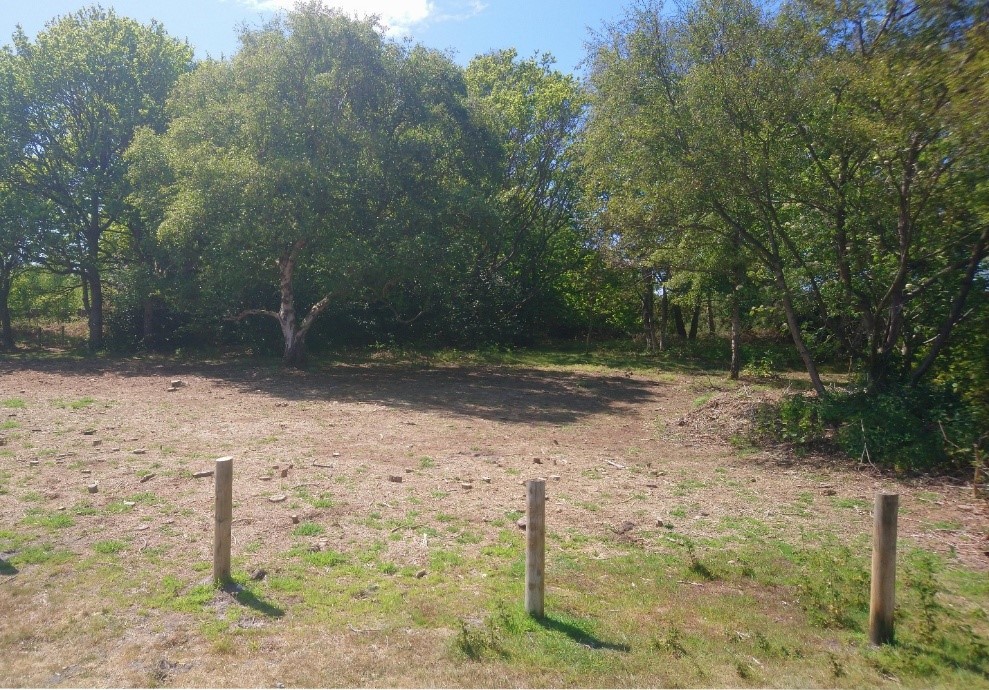- Screen Colours:
- Normal
- Black & Yellow
Much of the Charity’s work is dedicated to the management and conservation of some 170 acres of wonderful landscape around Walberswick village.
In recent years most of this has been focused on the Common - the large NW area shown in red on the map below.




For well over 15 years we have worked in partnership with Natural England under a Countryside Stewardship Agreement, renewed from January 2024. This agreement ensures that the Charity is able to continue its environmental work until at least 2028.
The vast majority of this work is devoted to improving the diversity of habitat on the Common. Our aim here is to provide a mosaic of vegetation which allows all heathland features to flourish, including pioneer heath and bare ground which benefits rarer invertebrates, birds, reptiles and plants. In recent years, nightjars and nightingales returned to the Common and there have been at least five calling male nightjars - an unusual and distinctive churring trill.
If cattle or sheep were able to roam freely across the Common as they did many years ago, the more invasive species would be kept in check and a greater diversity of vegetation maintained. But nowadays the number of walkers with dogs would mean that any livestock would have to be fenced in. That would then destroy the free-roaming, unenclosed nature of the landscape which is the essence of a Common.
In October 2021 over 40 people came to Walberswick Village Hall for a fascinating and beautifully illustrated talk given by Adam Burrows, Senior Reserve Manager for Natural England’s Suffolk Coast National Nature Reserves. A full report of this talk can be found HERE
The Brash is not for Burning? Working with Natural England, the Charity has been exploring alternatives to the burning of cut gorse and silver birch etc. on the Common. You can read a report by Adam Cooke & Amanda Erlenbach detailing current progress HERE
MORE INFORMATION ABOUT OUR CURRENT WORK AND REPORTS ON PREVIOUS YEARS CAN BE FOUND HERE
